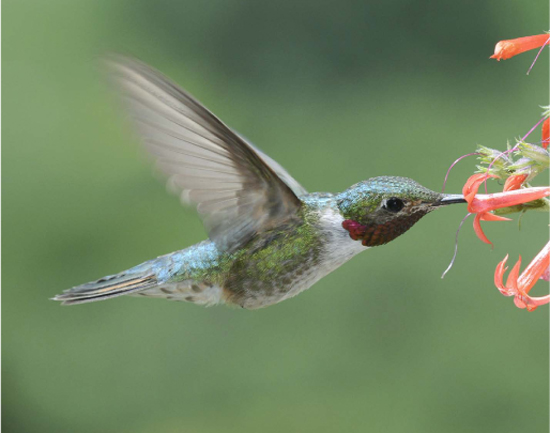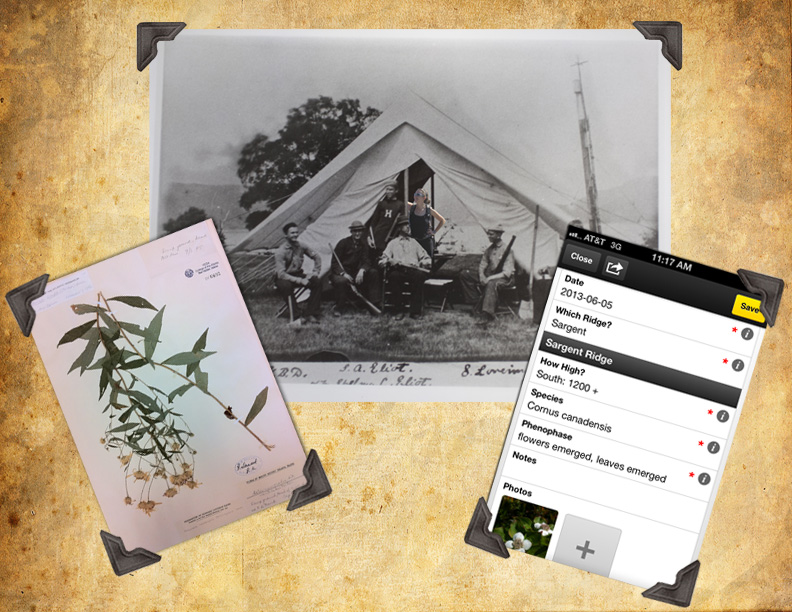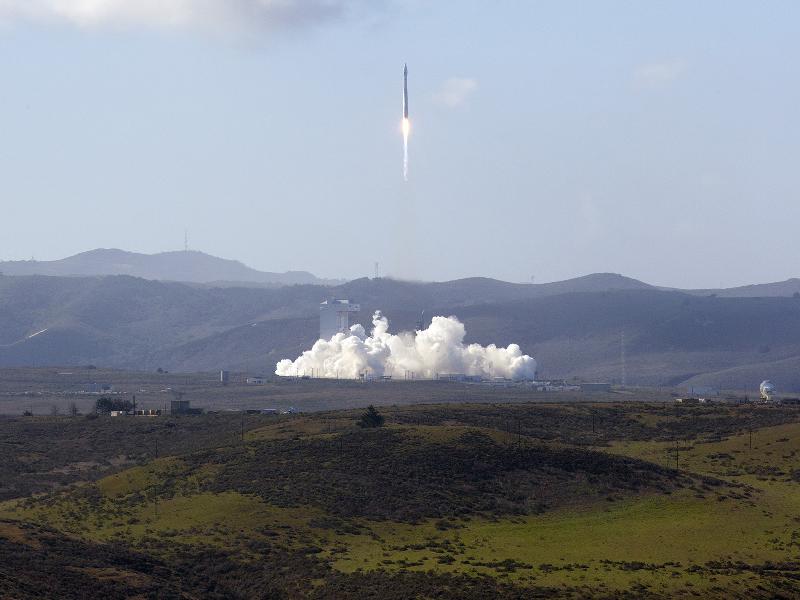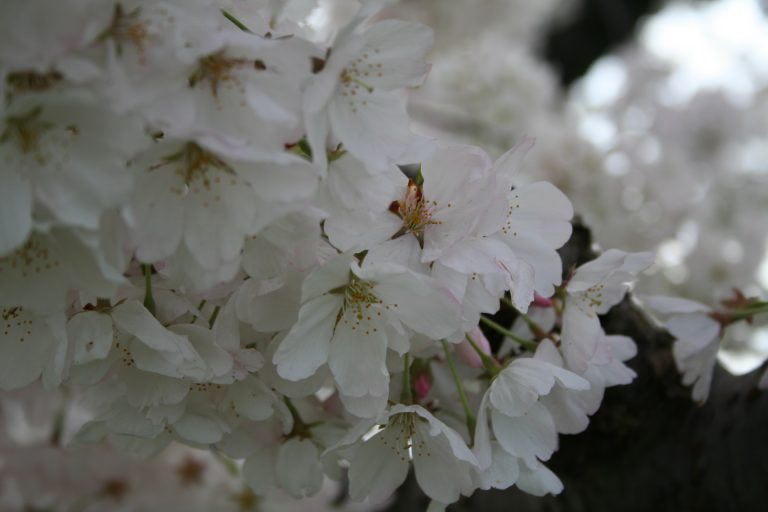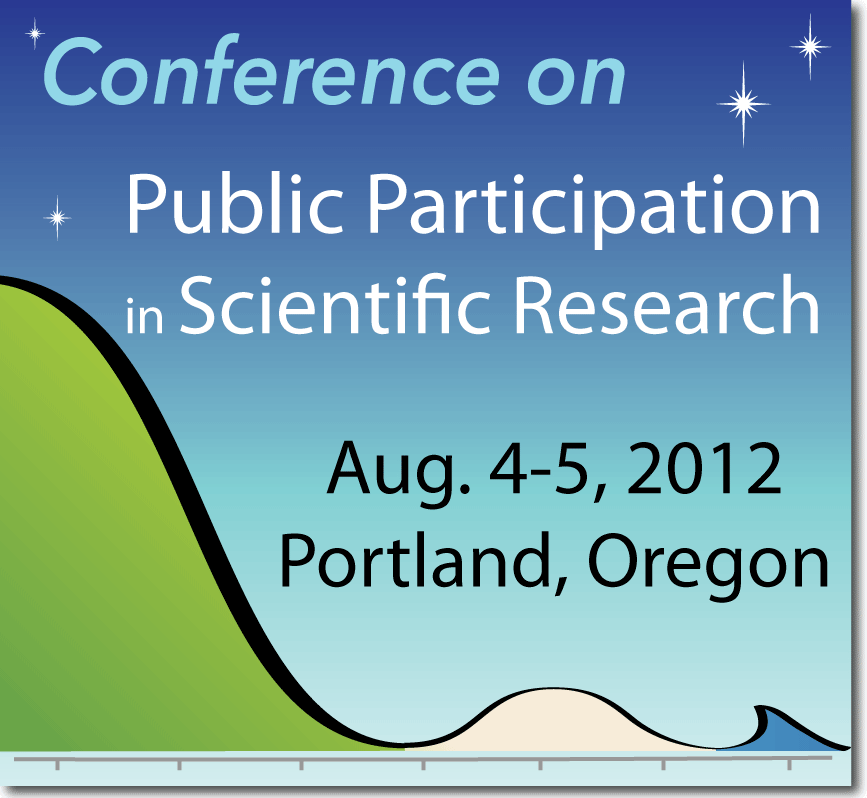
A unified field theory for public participation in scientific research
Disparate citizen science disciplines come together at the Public Participation in Scientific Research conference by Liza Lester, ESA communications officer The idea of a big, cross-disciplinary meeting had been floating around citizen science circles for a while. Though public participation in scientific research has deep roots in the history of science, in the last few years it has taken off…
